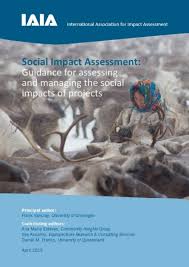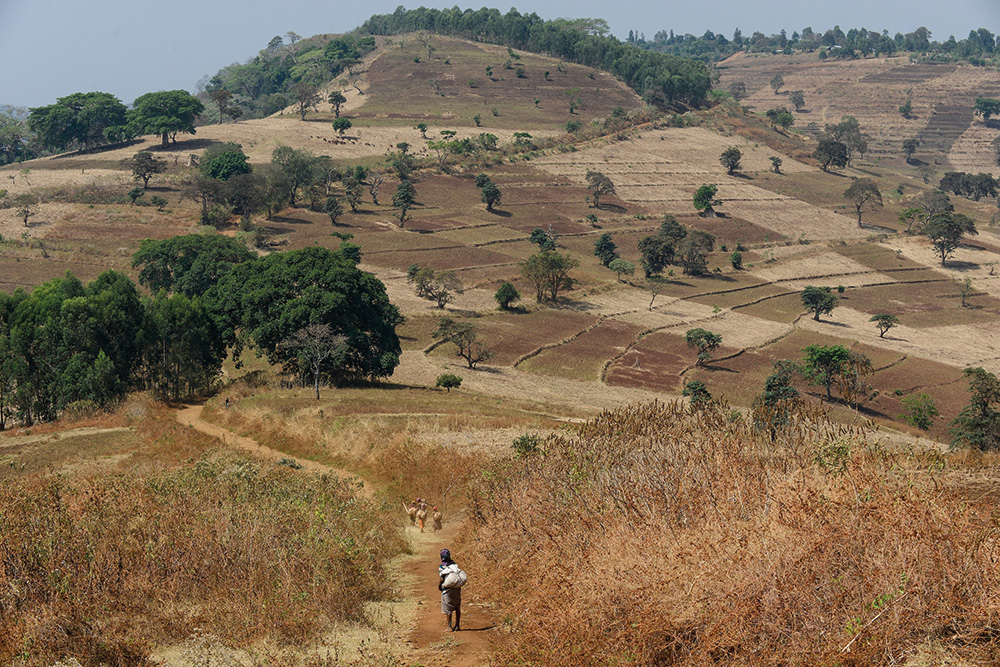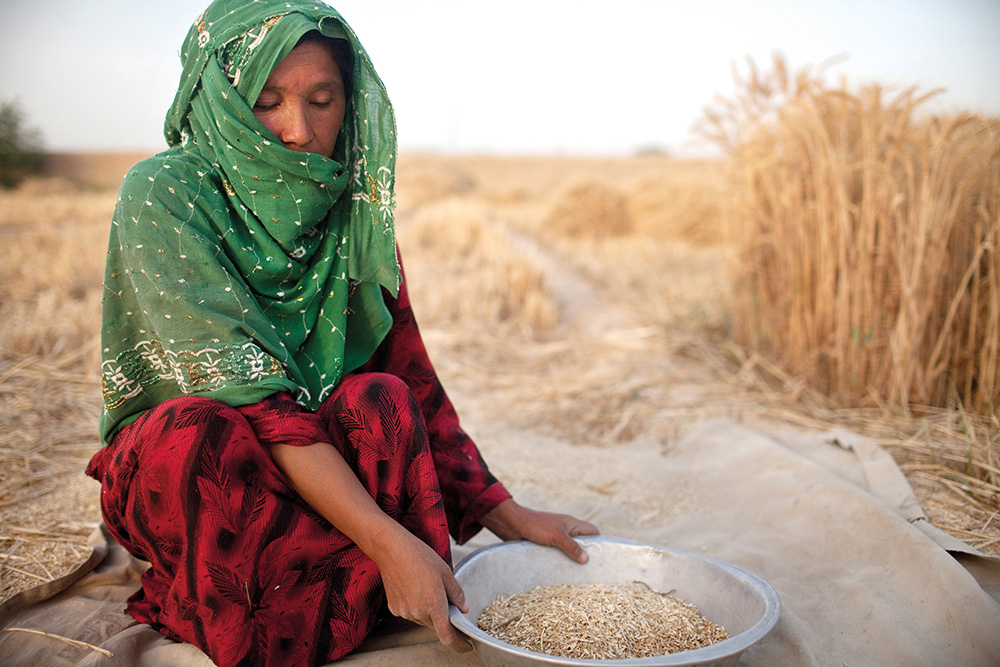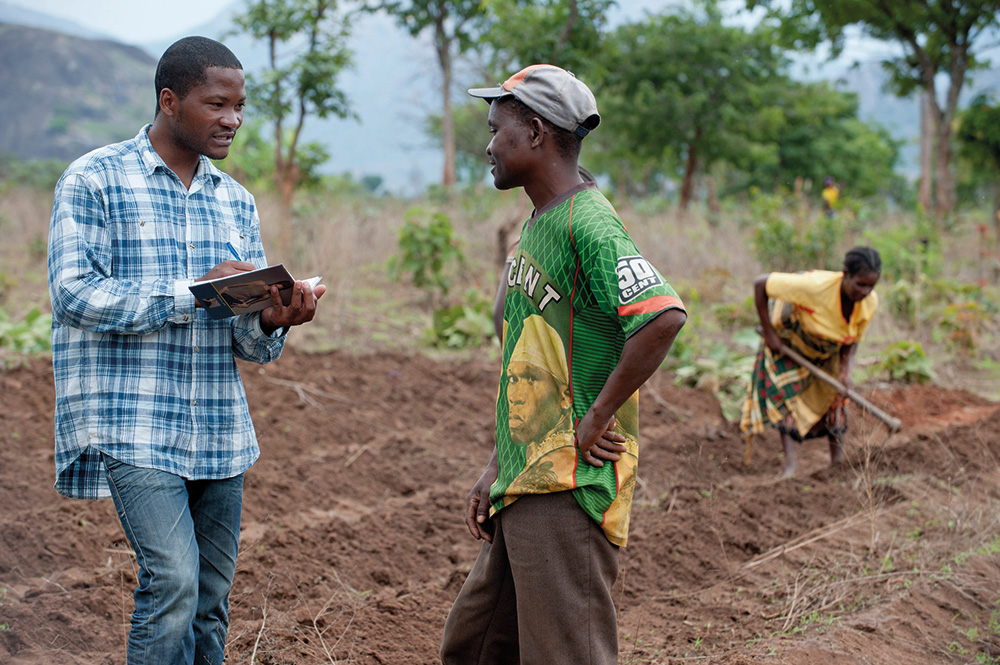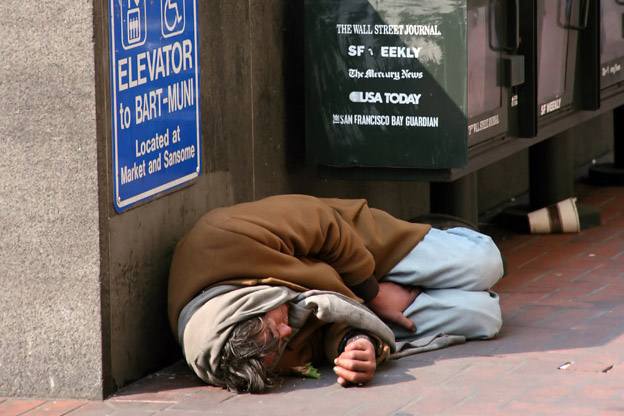Participatory scenario development to address potential impacts of land use change: An example from the Italian alps
Changes to land use such as the removal of natural vegetation and expansion of urban areas can result in degradation of the landscape and an increase in hydro-meteorological risk. This has led to higher interest by decision-makers and scientists in the future consequences of these drivers. Scenario development can be a useful tool for addressing the high uncertainty regarding modeling future land use changes. Scenarios are not exact forecasts, but images of plausible futures.




